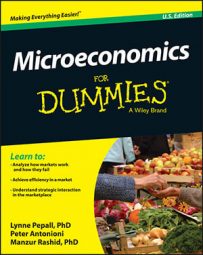Economists are often accused of treating firms too simply. By disregarding differences in organizational behavior, technology, or place, and by treating firms more simply as a kind of black box that takes inputs in and creates outputs from them, are economists painting a misleading picture that makes firms interchangeable and ignores important differences between them?
Economists are interested in how the profit motive affects what a firm would do, first and foremost. When they understand that, they can start to look at how firm behavior differs across different industries or markets.
The economist looking at a firm makes simplifications for two reasons:
You can't build a model without placing some restrictions on your model. If you rule nothing out, you rule anything in, and before you know it you've reenacted the Lewis Carroll story about the map so accurate that it has to be as big as the kingdom it maps.
You want to compare common features of firms, without focusing on all those details, so that you can zero in on the ones that are most important to building a model of a market.

